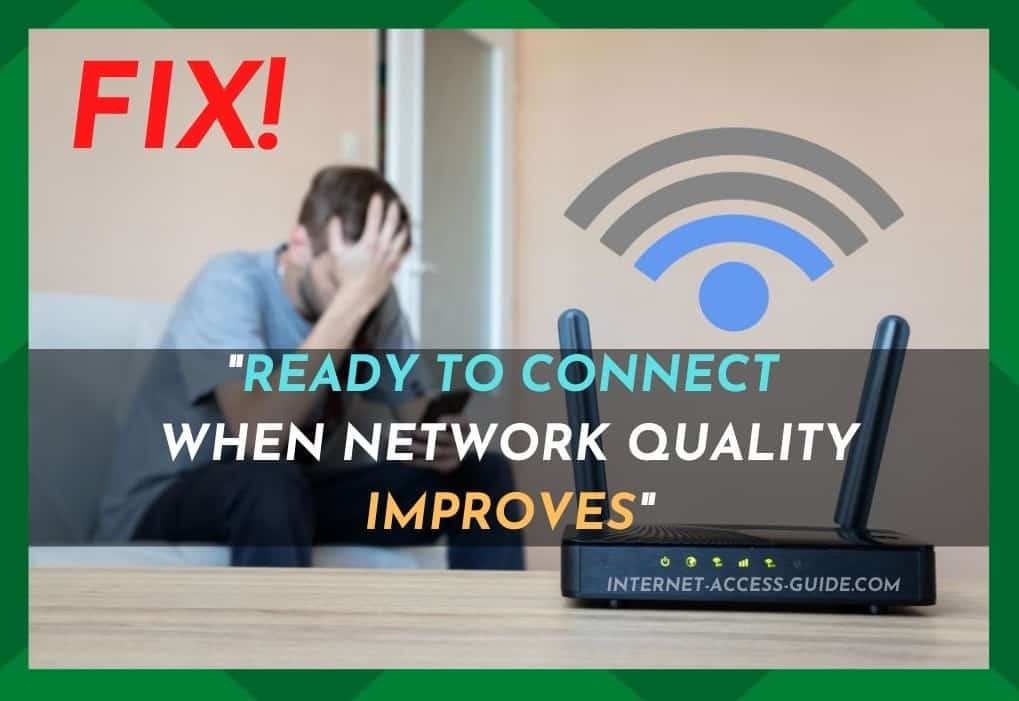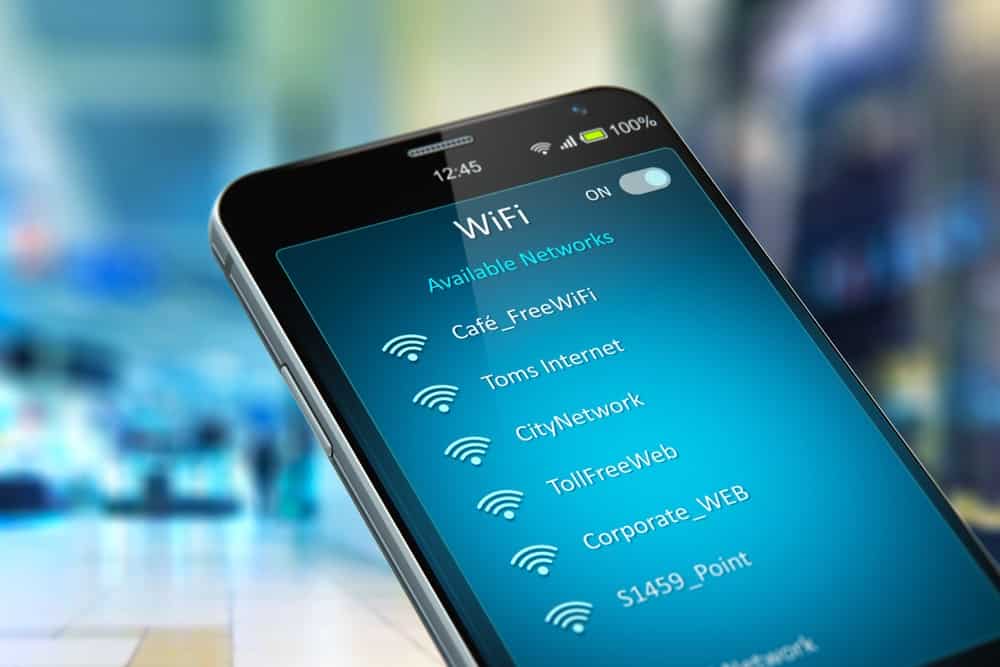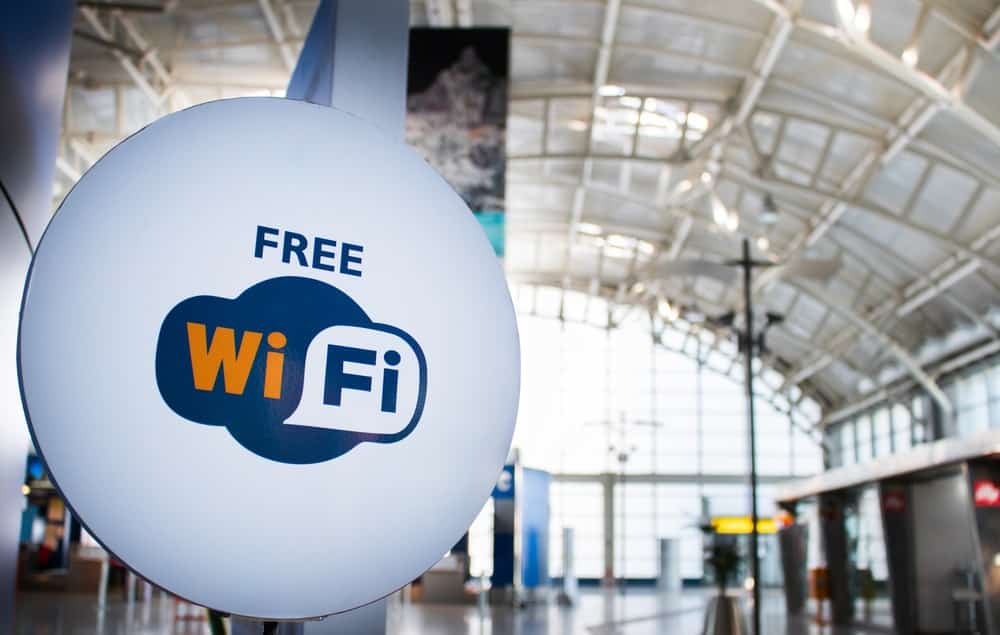
In this increasingly modernizing world that we live in, the internet plays a key role in many of the things we do on a daily basis.
As blacksmith needs their anvil, so do many of us rely on the internet as our first and foremost tool.
With pretty much everyone in the world in the same position, there is an increasing demand for better infrastructure, better speeds, and more reliable connections.
We use it for banking as it has replaced the humble handwritten letter; many of us even work entirely from home now using this magical force that we sometimes take for granted. That is until there is a problem with your connection all of a sudden.
Naturally, when there is no connection to the internet available, the first response is generally one of frustration and annoyance.
No matter how techy you are and how much you know about what the cause may be, the effect is still the same.
However, the unfortunate truth of the matter is that the more advanced the technology is, the more often something can go wrong.
Fret not, there is quite a good chance that the issue is a minor one and by performing a few checks, you may well be back online within minutes!
The fact of the matter is that there is a number of issues that can stop your Wi-Fi from performing as it should.
In some cases, the issue will be nothing to do with what you are doing on your end. Sometimes your internet service provider drops the ball – nothing you can do about that, really.
However, on your end, there can be hardware issues, loose cables, out-of-date software, the list goes on…
To narrow down your problem to a single cause right here would be impossible.
However, what we can do is show you a range of tricks that will cover all bases and make sure that the issue is not on your end.
So, having scoured the net for tried and true solutions, here’s what we have come up with!
How to Fix “Ready to Connect When Network Quality Improves” Issue: 4 Fixes
Right, so it’s time to get stuck into a few of the fixes that will pretty much guarantee that the problem isn’t on your end.
Before we begin, it is important to note that you don’t need to be all that techy to be able to do these.
None of these tips will have you taking anything apart or risking the integrity of your hardware in any way.
1. Forget the Network and Try Reconnecting
This first tip is really easy but stands a good chance of working. We’ll be starting easy and then working up to more difficult fixes.
With a bit of luck, this one may work for you:
- First of all, you will need to go to the system settings on the device you are trying to connect to the internet.
- Then, click on the wireless and network connection tab.
- Now select the Wi-Fi network that you have been trying to use and then hit the “forget this network” option.
- After this, immediately click back into the network that you have just tried to forget. Please enter the password that it requires, and let’s see what happens.
That’s it for this trick. There is actually a pretty good chance that your device has been trying to connect to a network that has a generic SSID – which will be common for all devices of that type.
What happens when this occurs is that the passwords of all of these devices won’t match and cause you to be unable to form a connection.
However, if this trick hasn’t worked for you, the next one is actually quite easy too. Better yet, it won’t take more than a minute or two.
2. Reboot the Router
Again, to some of you, this trick may sound way too easy ever to be effective – but, as it turns out, the opposite is true.
Rebooting and resetting devices can help to clear out a huge range of bugs and performance issues, with little effort on your side.
In fact, it is so successful that many people who work in IT joke that they would be out of a job if people just did this before calling in for help.
So, regardless of what device you are having trouble with, remember this one for later. Here’s how to do it:
- First up, you will need to unplug the power supply. Then wait for at least ten seconds before plugging it back in again.
- All you need to do now is wait for another 20 seconds or so until it establishes a connection again. Some may take a little longer than others to do this.
- If at this point, nothing is working yet, you will then need to do the same thing to your DSL modem. If still, your Wi-Fi connection does not work on any computer or device in the house, then you must try to reboot your DSL modem.
3. Tips for Using a Public Wi-Fi System
If you are using a public Wi-Fi system, always remember that these will generally require you to log in and accept some terms and conditions before a connection can be established.
These can generally be found on a welcome page that pops up as soon as you try to connect. No need to go searching for it yourself.
Here are some steps to run through to ensure that the problem isn’t on the end of the public Wi-Fi supply.
- To use public Wi-Fi, make sure that you have the correct login details first.
- Then, you must accept all of the various terms and conditions are given on the homepage.
- If for some reason, you have turned off your Wi-Fi at some point, you will need to repeat the first two steps here again.
- If this doesn’t work, there may be a possibility that the Wi-Fi you are trying to connect to might be too weak. Either that or you are too far away.
- Make sure that your device has an active internet connection.
- If there is still no connection available, you can try turning off the “Smart Network Switch” option so that your device isn’t automatically trying to connect to a different network.
- If all else fails, it may be time to reset the smartphone or laptop that you are using.
- At this point, it is safe to say that the Wi-Fi you are trying to connect to has issues. You will have to find a better connection elsewhere, unfortunately.
All of these methods are the ones that are most likely to work and also the only ones that we are aware of that don’t require a level of expertise.
If you are still facing problems at this stage, the likelihood is that the problem is not on your end.
4. Contact Customer Support
So, unfortunately, the next logical step is to get in contact with the customer support network that applies to this specific situation.
In a small number of cases, your device itself may have developed a problem connecting to any network whatsoever.
The best way to figure out if this is the case is to try and connect it to various different networks that you have access to before sending it in to get fixed.
After all, there is nothing worse than having to fork out for expensive repairs when it wasn’t necessary.
Conclusion: Troubleshooting the “Ready to Connect When Network Quality Improves” Problem
We hope that this little guide got you back up and running again.
However, if it didn’t, and you managed to fix the problem using another method, we would love to hear about it.
The more knowledge we pick up on issues such as these, the more we can share and help out our readers.
So, if this applies to you, please let us know about it in the comments section below. Thanks!



